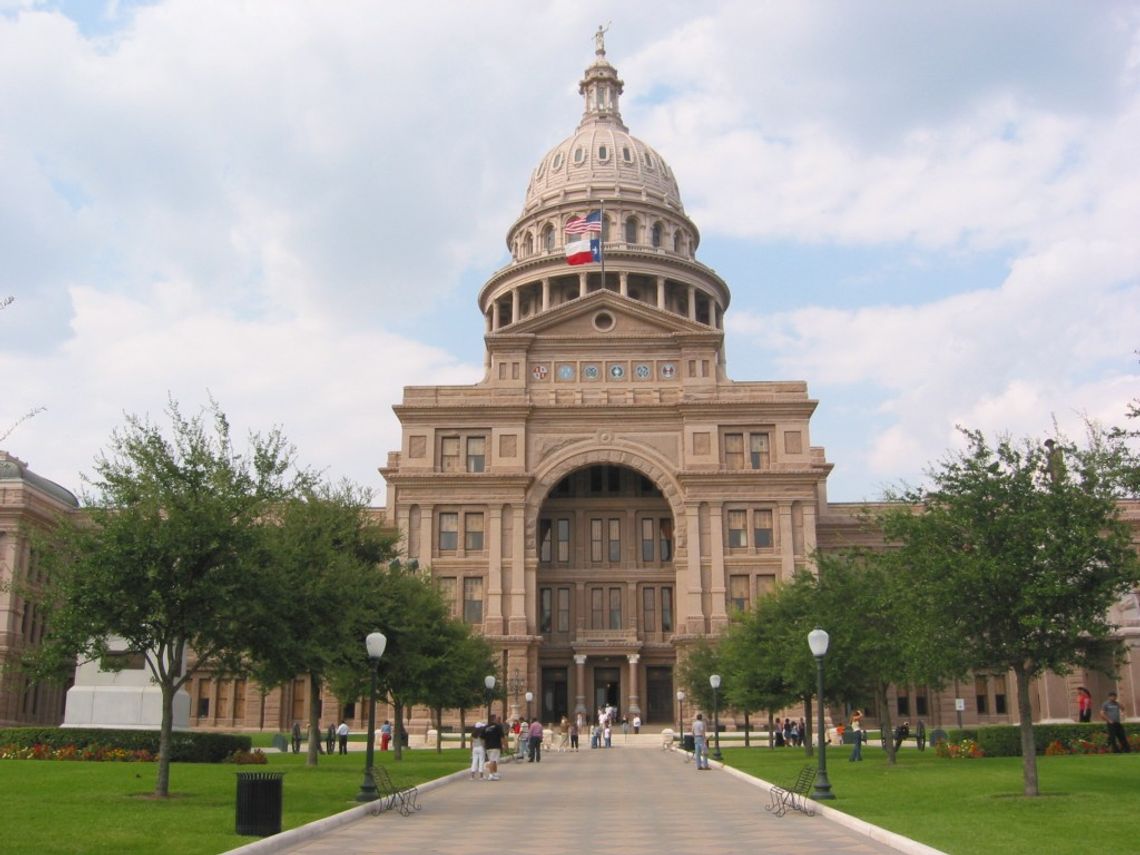Members of the House and Senate spent all day Wednesday hearing from state emergency response officials about what went right and what went wrong in the state response to the disastrous floods that struck the Texas Hill Country in the wee hours of July 4th, claiming 137 lives, with two still missing. Leading off the hearing was Texas Department of Emergency Management chief Nim Kidd, who presented a detailed timeline on how the crisis developed late Thursday and early Friday morning. He painted a picture of a rapidly worsening situation in which torrential rains far in excess of National Weather Service forecasts hit in the middle of the night. The speed at which these floods struck was astonishing: the NWS issued a flash flood emergency declaration at 4:03 am. Just 17 minutes later, the Guadalupe River had reached major flood stage near the community of Hunt in Kerr County. By 5:10, the river had exceeded its maximum historical flood by at least a foot; waters were still rising when the flood sensor stopped responding. In just 45 minutes, the river had risen 26 feet.
That the floods happened overnight while most were asleep exacerbated the problem, but the ingredients for the disaster had been present for days. Remnants of Tropical Storm Barry met a slow-moving batch of thunderstorms over central Texas, creating perfect conditions for historic rainfall. The Hill Country is one of the worst regions in the nation for flash floods: the terrain, steep ravines, and the large numbers of waterways create an area that is perfect for flash flood events. When the storms dropped up to 20 inches of rain in just a few hours, catastrophic flooding became inevitable.
National forecasts underestimated the eventual rainfall totals. On the day before, NWS forecasters predicted between one and two inches of rain, with locally heavy concentrations of five inches possible. Those forecasts would be revised up slightly over the next day, but the affected areas covered 35,000 miles of central and west Texas – an area of land as large as the entire state of Indiana.


